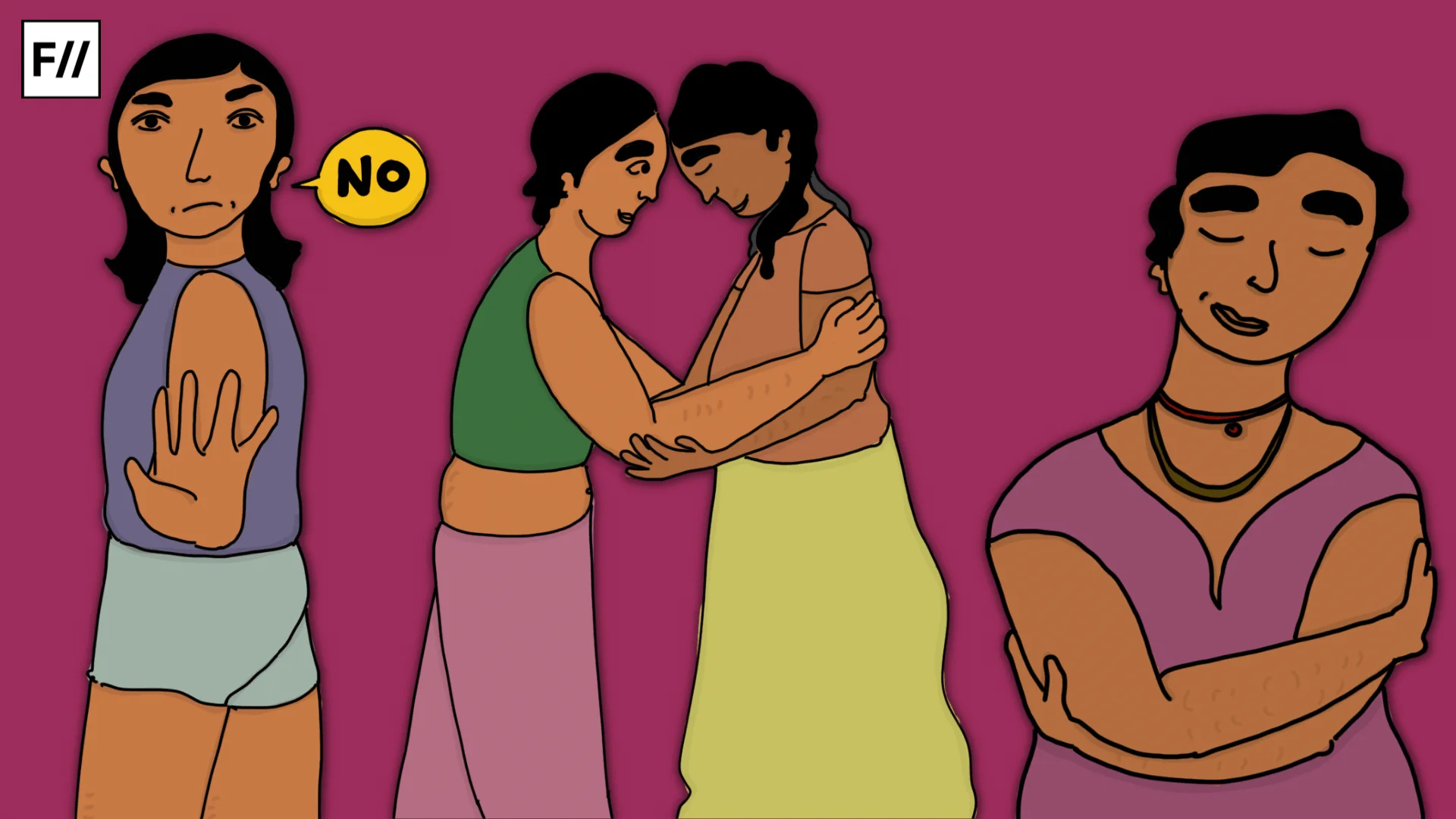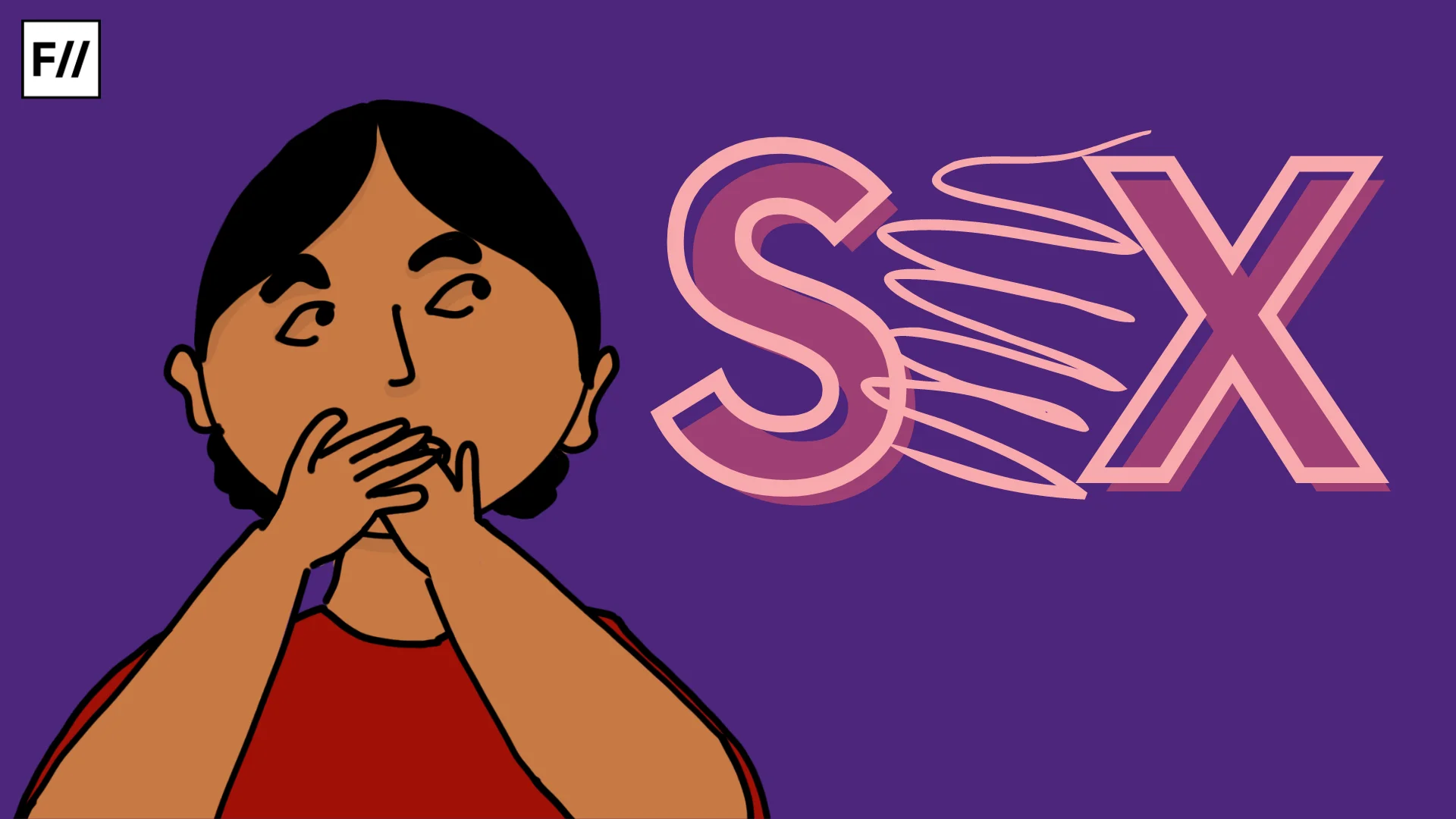We all must have had those awkward moments when the word “sex” was mentioned somewhere and everyone tried to hide their gaze quickly. We have all had that biology teacher skipping over the reproduction chapter in school because it was too ‘awkward’ to address in the classroom. All of this is a result of the lack of understanding of sex, sexual health and comprehensive sexuality education in our country.
Sex education has long been a hush-hush matter. In India, sex education has been a contentious issue full of doubts and anxieties both on the part of students and educators. Because there is a lot of mistrust and stigma around the topic. So it is no surprise that the word “Comprehensive Sexuality Education” (CSE) seems like a very heavy term.
So let’s try and break it down and understand it in parts.
What is Comprehensive Sexuality Education?
Most young people find themselves in a situation where they have to make an important decision about their sexual and reproductive health and well-being. In most cases, the information available is often confusing, may appear contradictory and also inaccurate, and judgemental. This is where CSE comes in. UNESCO describes CSE as a curriculum-based process of teaching and learning about the cognitive, emotional, physical, and social aspects of sexuality. CSE is not just about sex. It encompasses a much deeper understanding of relationships, consent, safety, and anatomy.
In a recent survey conducted by the UN, among young people aged 15-24 from Asia and the Pacific, fewer than 1 in 3 believed that they got a comprehensive sex education at school. Furthermore, research with teachers shows that many feel they lack the confidence to deliver sex education. This is because of the wrong conflation of CSE with “teaching about sex”. CSE has more to do with helping young people get access to the correct information and perspective, to lead a happy and healthy life.
Why is it important to talk about Comprehensive Sexuality Education?
Young adults today can view content that is sexual almost everywhere, be it TV or the internet – from our music, dance, and films, to pornography. In most cases, the information available on these platforms is far from accurate. The result is a confused and often morphed understanding of sex, sexuality, and body image which can have an adverse impact on their mental health. Comprehensive sexuality education for young people, hence, is also extremely crucial to understand issues pertaining to gender-based and other forms of violence, consent, and relationships among others.
It becomes important to create awareness, empower individuals and give out concrete, comprehensive and correct information about their bodies and sexuality. Educating and talking about issues pertaining to sex and sexuality needs to move beyond a reactionary and crisis management mindset to a more rights-based approach.
Also read: What Are Gender Pronouns And Why Should We Use Them Accurately?
This discussion is a part of many international conventions that talk about the rights of children, even though it is not explicitly stated as CSE. It has to arrive at a point that aims to make individuals feel comfortable with their bodies and sexuality and also make informed decisions, and treat others and their choices with respect. CSE is part of a broader package of sexual and reproductive health and rights interventions.
What is the state of Comprehensive Sexuality Education in India?
In India, the first approach towards CSE is that of fear and confusion and some small encouraging steps. A study by the Indian Journal of Psychiatry has shown that the majority of parents and teachers in India do not discuss anything about sexual health and sexuality with their children. Parents are hesitant to talk about this, as they often lack the resources and do not know how to approach these topics. This stems from a cultural misunderstanding that CSE is just about sex and talking about sex is ‘dirty’. There is also a solid conservative societal fabric that does not permit open conversations. Furthermore, on rare occasions when these conversations happen, they are heterosexual in nature, as society refuses to move beyond the cis-heterosexual understanding.
A report on sexuality education in India by the ‘Youth Coalition for Sexual and Reproductive Rights’, noted that, ‘“most schools, private and public affiliated state boards of secondary education don’t have any form of sexuality education in their curriculum”. Furthermore, in India, private schools have the liberty to choose whether to include comprehensive sexuality education in their curriculum or not. It is true that the government initiated the ‘Adolescent Education Program’ in 2007. But while this programme covers issues such as body image, violence and abuse, gender and sexuality, and STIs, the notion of ‘consent’ and ‘attraction’ was neither introduced nor incorporated into this program.
What is the way forward?
The barriers to CSE in India are not just limited to cultural taboos and conservative social structures. There is also a lack of access to resources and materials, a general negative attitude, and fear of backlash that causes a discrepancy and leads to mixed messaging on whether to have such programmes or not. CSE is subject to progress and support from various stakeholders.
The first step ahead is the need for it to be understood by these different stakeholders, which include parents, community members, religious leaders, and politicians, in order to promote a positive attitude and understanding of a sensitive topic.
There also needs to be a structured monitoring of Comprehensive Sexuality Education programs and the understanding of sex and sexuality beyond the context of abuse, violence, and unwanted negative consequences. Sexuality is central to people’s lives and includes a range of things. It has to be approached in a manner that doesn’t just induce fear or promote abstinence but in a way that highlights its centrality in people’s lives. It needs to be understood in the context of gender equality, mental health, consent, inclusion, non-discrimination, empathy, responsibility, reciprocity, sexual expression, and human rights.
Also read: The Principles Of Pleasure On Netflix: The Sex-Ed Lesson We All Need
About the author(s)
Shriya is a former student of literature and a multimedia journalist with an interest in sports and human rights. She can be found watching Shah Rukh Khan movies or listening to Ali Sethi and 90s Bollywood songs. She enjoys a good cup of black coffee multiple times a day and is often compared to 'Casper, the friendly ghost'.




